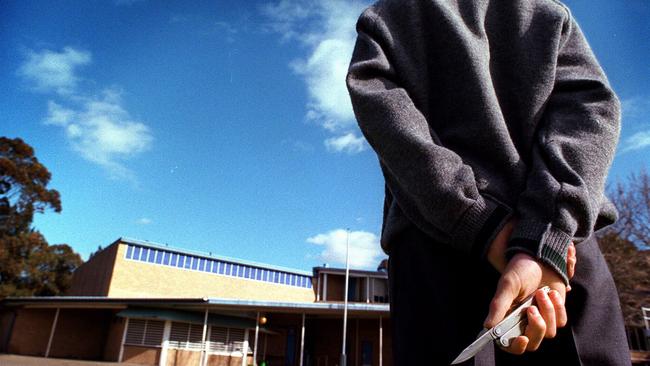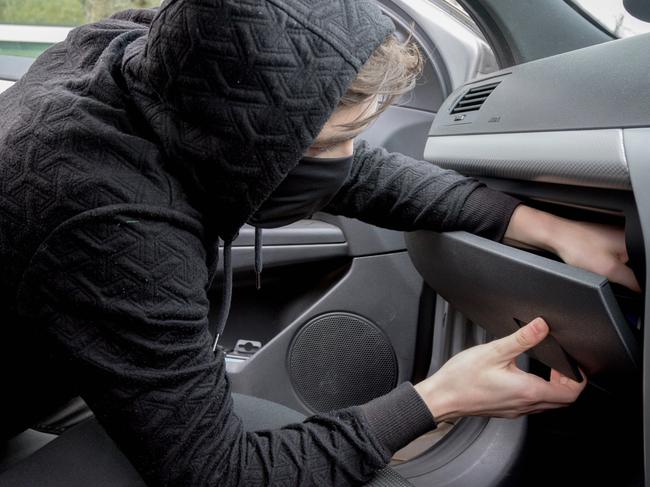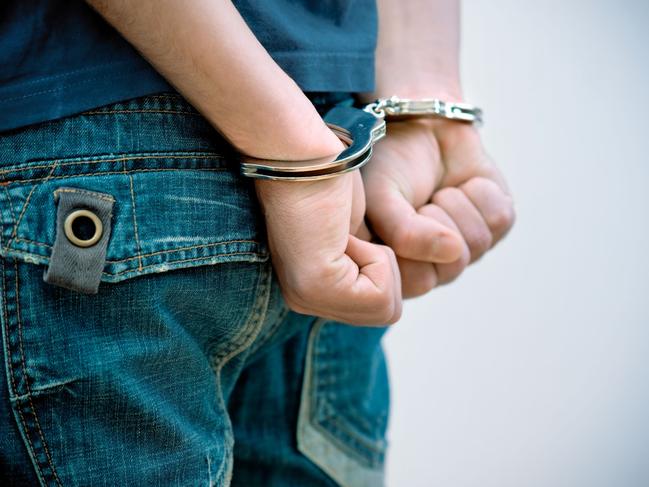As Victoria’s youth crime rate soars, the number of young people being locked up plummets
The number of young people locked up in the past decade has slumped by 71 per cent, despite a surge in youth crime — with aggravated burglaries soaring.

Police & Courts
Don't miss out on the headlines from Police & Courts. Followed categories will be added to My News.
The number of young people locked up in the past decade has slumped by 71 per cent, despite a massive surge in the youth crime rate.
Figures in the Youth Parole Board annual report show there were 131 youth justice centre orders handed down in the 2023-2024 financial year.
That was down from the 452 of 2014-2015.
The decline came despite the level of aggravated burglaries by youth offenders rising 10-fold in the past decade and steep increases in other crime categories such as car theft.
It was revealed in one of more than 150 annual reports released by the state government on Thursday.

Melbourne’s rate of youth crime has led Victoria Police to create the around-the-clock Trinity taskforce to try to control those responsible.
The rate of decline in children being handed youth detention time actually started its most dramatic decline after 2017-2018, when 640 were sent to custody.
It was as low as 99 in 2022-2023.
The level of parole orders being made has dropped as the overall number of inmates has faded.
It was 43 in the last financial year, down from as high as 243 in 2017-2018.
The board made 16 parole cancellations, 14 for failure to comply with conditions and twice over a court reconviction, down from the 112 of 2017-2018.
Thirty-seven paroles were completed without being revoked in 2023-2024.
The YPB report shows how an array of special conditions are used in trying to curb youth offending.
Nineteen were placed on curfews in 2023-2024 and 31 on offence-specific programs with clinicians to address particular types of behaviour, such as violence, car theft, drug use and sexual offending.

A total of 23 were sent to substance abuse counselling and 18 ordered to have no contact with a co-offender, including via friends, text messages or social media.
Another 18 were banned from going to particular places to avoid contact with a victim.
The links between upbringing and young people being placed in custody is made evident in the report.
A total of 62 per cent had been the victim of abuse, trauma or neglect as a child and 44 per cent were on or had previously been on child protection orders.
More than half were receiving mental health support and 36 per cent had a history of self-harm, suicide ideation or suicide attempts.
Substance abuse was also a major factor with 80 per cent having a history of illicit or prescription drug abuse and 69 per cent misusing alcohol.
Sixty-two per cent had a background of abusing alcohol and drugs and more than half had offended while under the influence of both.


